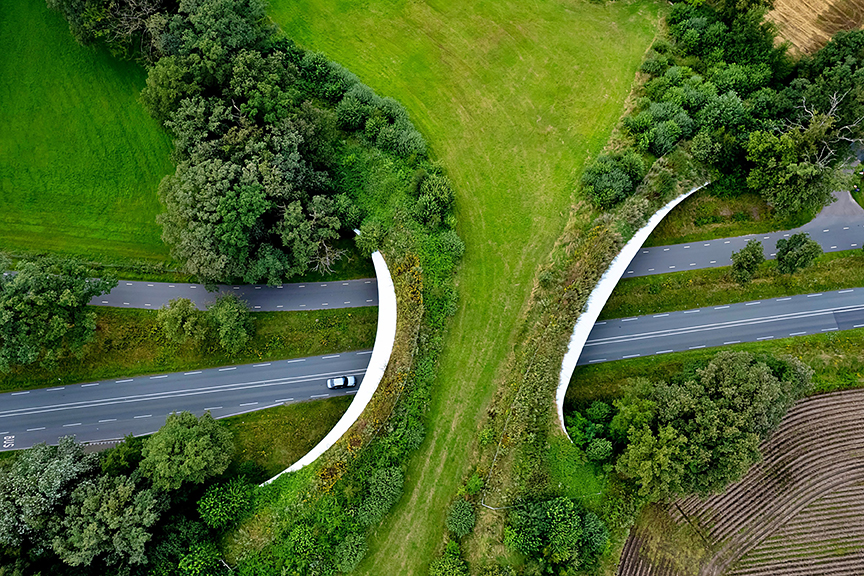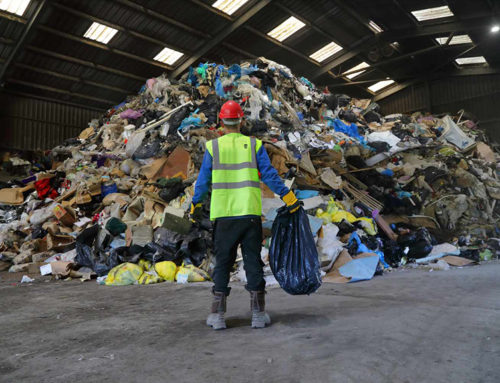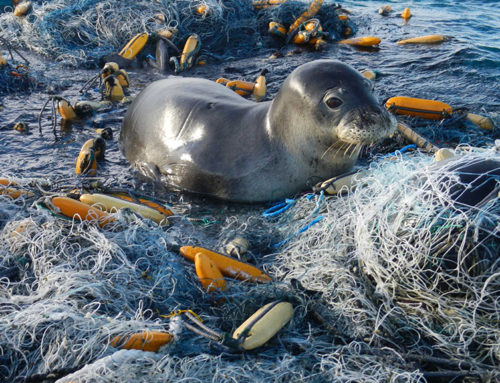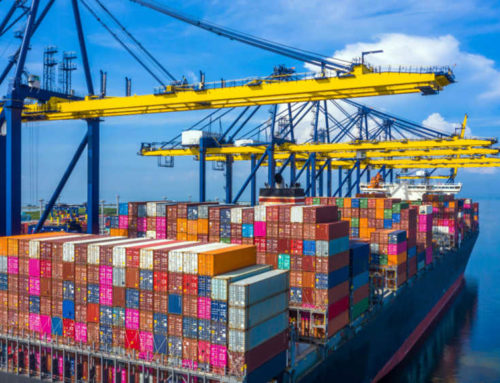Habitats of wildlife can range from small riverbanks to vast continental expanses. These animals rely on natural wildlife corridors, which are routes they follow to find food, water, and mates. Human development, including roads and urbanization, disrupts these corridors, leading to the need for man-made alternatives to ensure safe wildlife passage.
When natural habitats are disrupted by roads, human-made corridors can help animals safely navigate these obstacles. Large mammals, like elk, often travel hundreds of miles between seasonal ranges, and man-made solutions like “elk jumps” can aid their movement while protecting them near highways. Collaboration between landowners and wildlife preserves can establish safe migration paths across private land.
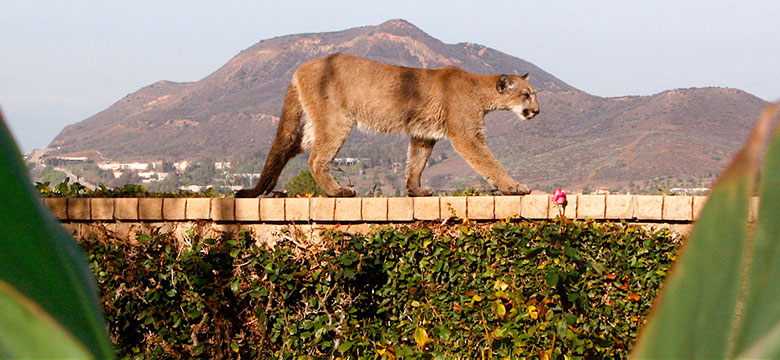
Key Wildlife Corridor Facts:
- The world’s largest wildlife corridor, the Wallis Annenberg Wildlife Crossing in California, is under construction and set to be completed in 2025.
- In the U.S., an estimated one to two million motor vehicle collisions with large animals like deer occur annually.
- Wildlife-vehicle collisions make up nearly 20 percent of reported crashes in rural states, such as Wyoming.
- A study in 2018 found that only 12 percent of U.S. land has been conserved as protected areas like national parks and wildlife refuges.
- Montana’s U.S. Highway 93 North boasts 56 miles of wildlife and fish crossings, including overpasses and underpasses with fencing to aid animals like deer, grizzly bears, elk, and cougars.
- The top 10 U.S. states at risk for wildlife-vehicle collisions are West Virginia, Montana, Pennsylvania, South Dakota, Michigan, Wisconsin, Iowa, Mississippi, Minnesota, and Wyoming.
- From 2001 to 2017, over 24 million acres of natural lands were lost to human development in the contiguous 48 U.S. states.
- The Florida Wildlife Corridor spans almost 17.7 million acres.
- About half of all endangered and threatened species have 80 percent or more of their habitat on private lands.
- The Yellowstone to Yukon Conservation Initiative is a Canada-U.S. collaboration aimed at protecting habitat along a 2,000-mile stretch of North America’s Rocky Mountains.
Types of Wildlife Corridors:
- Natural Wildlife Corridors: These are strips of land acting as pathways for animals to move between fragmented habitats. These corridors can support traveling species by providing access to food, shelter, and escape cover. They often consist of natural vegetation like trees, shrubs, or buffer zones.
- Human-Made Wildlife Corridors: These are typically overpasses or underpasses constructed to facilitate animal crossings over busy roads. These corridors help animals whose habitats have been diminished or disrupted by development.
Species Using Wildlife Corridors:
- Mammals: Large mammals like elk, pronghorn, and mule deer can travel great distances between seasonal ranges. Wildlife corridors assist them in crossing urban landscapes and roads safely.
- Amphibians & Reptiles: Roads pose significant challenges for these creatures, including frogs, toads, turtles, salamanders, snakes, and lizards, which need to access foraging and breeding areas. Specialized structures like underpasses, wildlife pipes, culverts, and barrier fencing aid their crossings.
- Birds: Migratory birds, known for their long journeys, benefit from wildlife corridors. These corridors provide stopover sites free of predators, allowing birds to rest and feed during migration. They also support various birds traveling along flyways.
- Insects: Pollinators like monarch butterflies rely on wildlife corridors during their migrations. Efforts like the “bee highway” in Oslo, Norway, help ensure their breeding, feeding, and migration success.
- Fish: Fish need open waterways to complete their life cycles. Man-made fish barriers like dams and culverts can disrupt these cycles, but initiatives by organizations like the U.S. Fish and Wildlife Service aim to restore fish passage.
Wildlife corridors are like nature’s secret passages, hidden threads that weave through the landscapes, offering an array of benefits to both wildlife and the environment. These ecological lifelines serve as vital conduits, connecting habitats and enabling animals to embark on remarkable journeys.
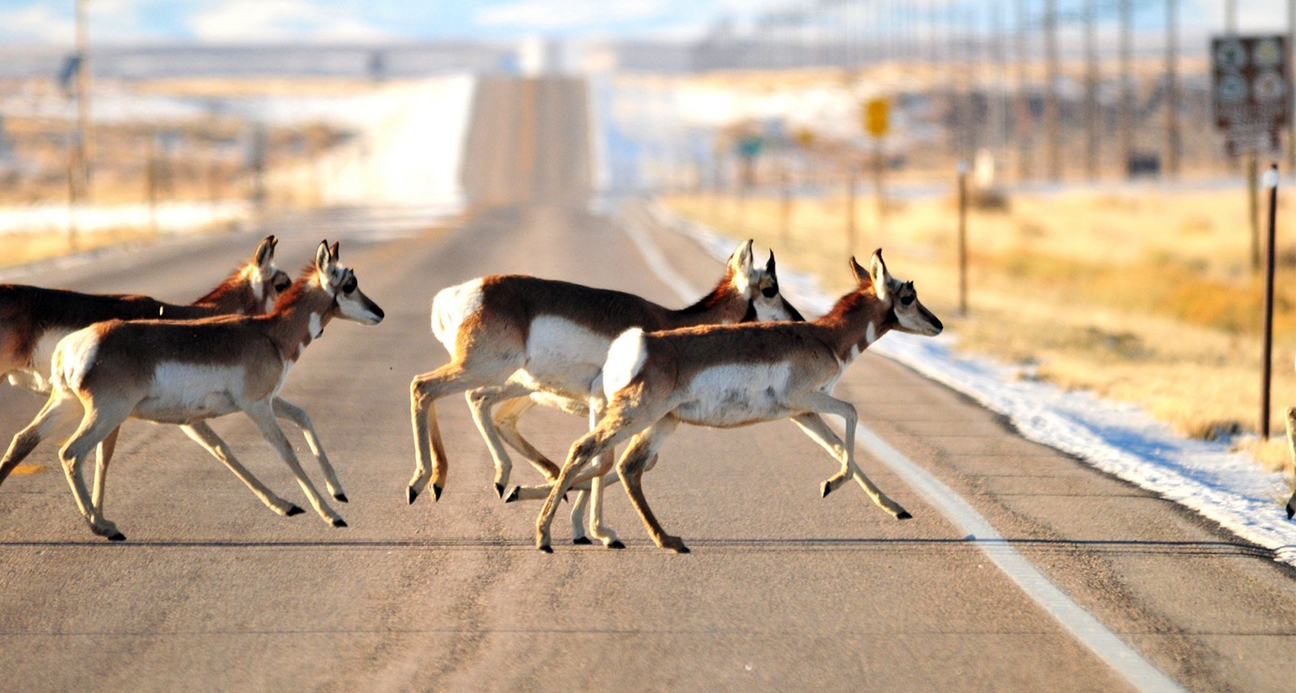
One of the most profound advantages of wildlife corridors is their ability to ensure safe passage for animals navigating our increasingly complex world. By providing designated pathways over or under roads and highways, they dramatically reduce the risk of devastating wildlife-vehicle collisions. These passageways become lifelines for countless species, offering them a chance to travel without peril. But the role of wildlife corridors extends beyond mere safety. They are champions in the fight against habitat fragmentation, reconnecting pieces of the puzzle that human development has torn apart. In these corridors, animals find access to food, shelter, and potential mates. They breathe life into fragmented ecosystems, allowing species to thrive once more.
Nature’s gardeners, wildlife corridors nurture native plants, fostering biodiversity. These corridors provide refuge for various species and create a symphony of life within their bounds. As native flora flourishes, it attracts an array of fauna, forming a delicate yet robust ecosystem. For animals, finding sustenance and water can be a quest filled with challenges. Wildlife corridors act as bridges between vital resources during migrations or changing seasons. They become the threads that stitch together the tapestry of life, enabling species to survive and thrive.
When nature unleashes its fury through floods or wildfires, wildlife corridors provide escape routes, sparing animals from fleeing into urban areas. These corridors offer a lifeline during times of crisis, safeguarding both wildlife and human communities. As our planet warms and ecosystems shift, wildlife corridors become essential for adaptation. They allow animals to explore new territories, seek cooler climes, and find refuge in a changing world.
Perhaps most beautifully, wildlife corridors are the architects of biodiversity. By connecting habitats, they enhance the spread of pollen and seeds, fortifying ecosystems. They play a role in soil preservation, carbon sequestration, and flood prevention. These corridors are a celebration of the interconnectedness of all life on Earth.
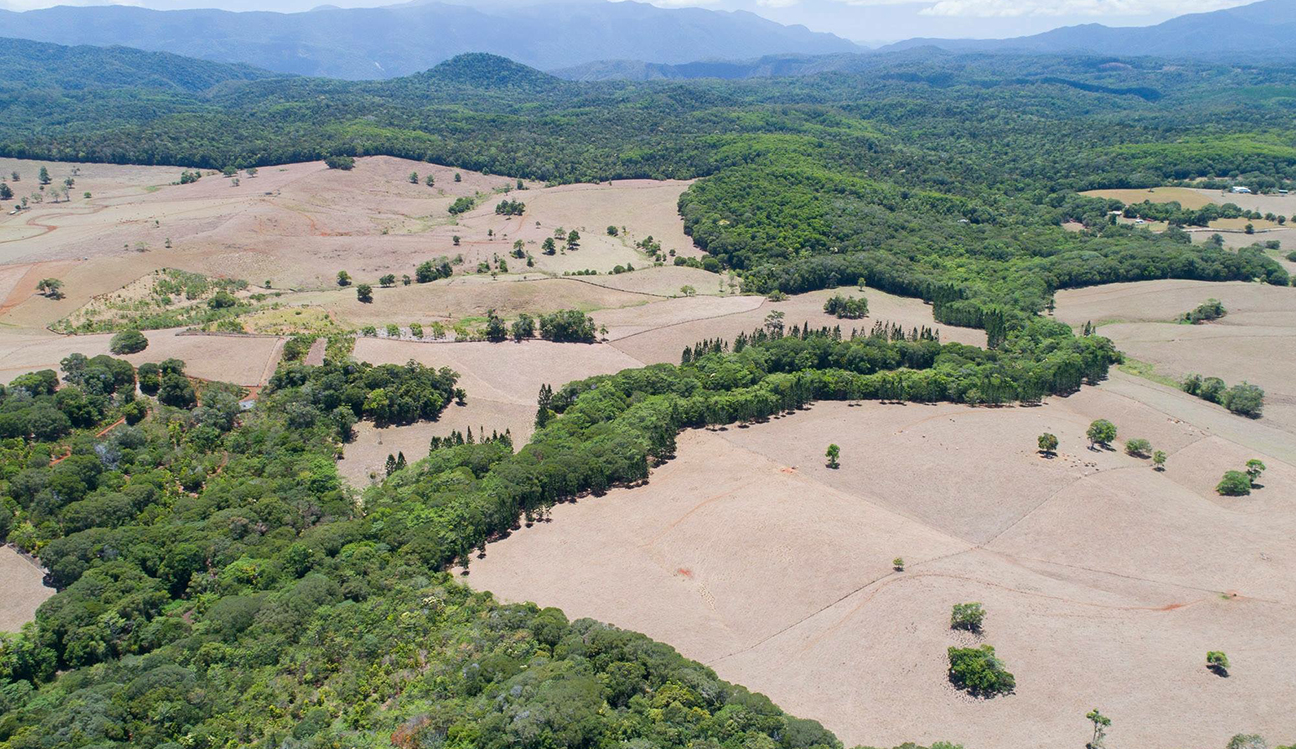
There are, however, challenges facing wildlife corridors.
- Funding: Wildlife corridor projects require substantial funding for both construction and maintenance. Funding can come from various sources, including government agencies and conservation organizations.
- Research: Tailoring wildlife corridors to specific species’ needs requires extensive research and studies.
But we can support wildlife corridors by taking simple steps to ensure their future development.
- Becoming informed about ecosystems, biodiversity, and conservation.
- Electing officials who endorse corridor projects and conservation efforts.
- Collaborating with land trusts to include corridors in land management plans.
- Encouraging urban planners to integrate wildlife crossings into municipal planning.
- Volunteering for re-wilding projects and creating pollinator gardens in neighborhoods.
- Advocating for corridor projects through public comments, petitions, and community engagement.
- Recognizing Indigenous land rights and supporting corridor initiatives on Tribal lands.
- Protecting corridors that cross international borders through international agreements and collaboration with global organizations.
In a world where human actions have often disrupted the balance of nature, wildlife corridors stand as bridges of hope, reconnecting the strands of life. They are a testament to our commitment to preserving the rich tapestry of Earth’s biodiversity and ensuring a harmonious coexistence between all living beings.

